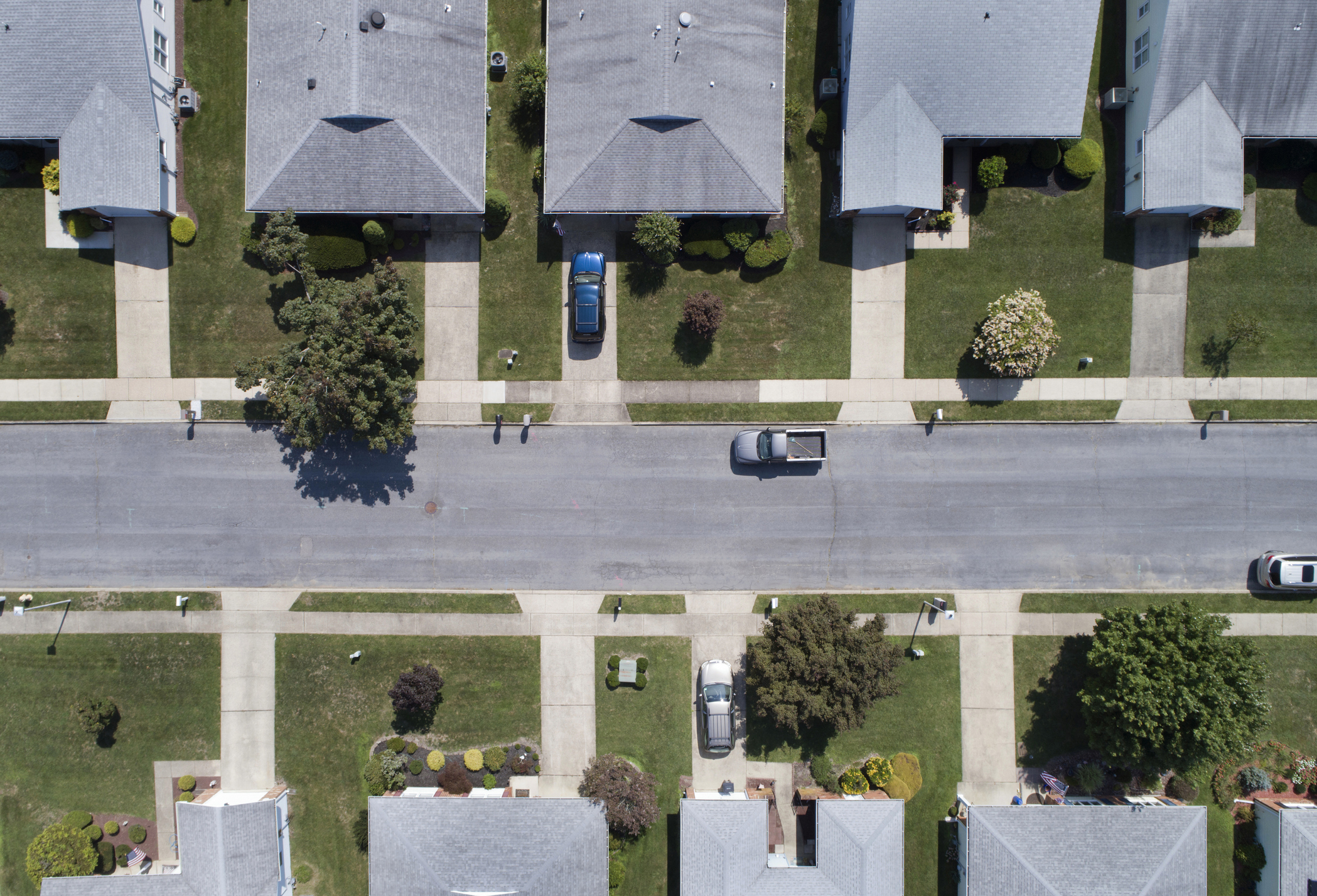How the suburbs are “retrofitting” obsolete malls, box stores, office parks, parking lots, motels, and more.
But the suburbs, in the sense of the idyllic American pastoral Trump and Carson referenced, have been changing for some time—not necessarily the physical homes, stores, roads, and offices that populate them, but the people who live there, along with their needs and desires. Previous mainstays of suburban life are now myths: that the majority of people own their homes; that the suburbs are havens for the middle class; or that the bulk of people are young families who value privacy over urban amenities like communal spaces, walkability, and mixed-use properties.
This mismatch has led to a phenomenon called “suburban retrofitting,” as documented by June Williamson, an...
Show More
How the suburbs are “retrofitting” obsolete malls, box stores, office parks, parking lots, motels, and more.
But the suburbs, in the sense of the idyllic American pastoral Trump and Carson referenced, have been changing for some time—not necessarily the physical homes, stores, roads, and offices that populate them, but the people who live there, along with their needs and desires. Previous mainstays of suburban life are now myths: that the majority of people own their homes; that the suburbs are havens for the middle class; or that the bulk of people are young families who value privacy over urban amenities like communal spaces, walkability, and mixed-use properties.
This mismatch has led to a phenomenon called “suburban retrofitting,” as documented by June Williamson, an associate professor of architecture at the City College of New York, and Ellen Dunham-Jones, a professor of architecture at the Georgia Institute of Technology. They have a new book out this week: Case Studies in Retrofitting Suburbia: Urban Design Strategies for Urgent Challenges...
Show Less


No comments yet. Be the first to comment!